Understanding the Software Development Life Cycle: A Comprehensive Guide
 Abdulrozaq
Abdulrozaq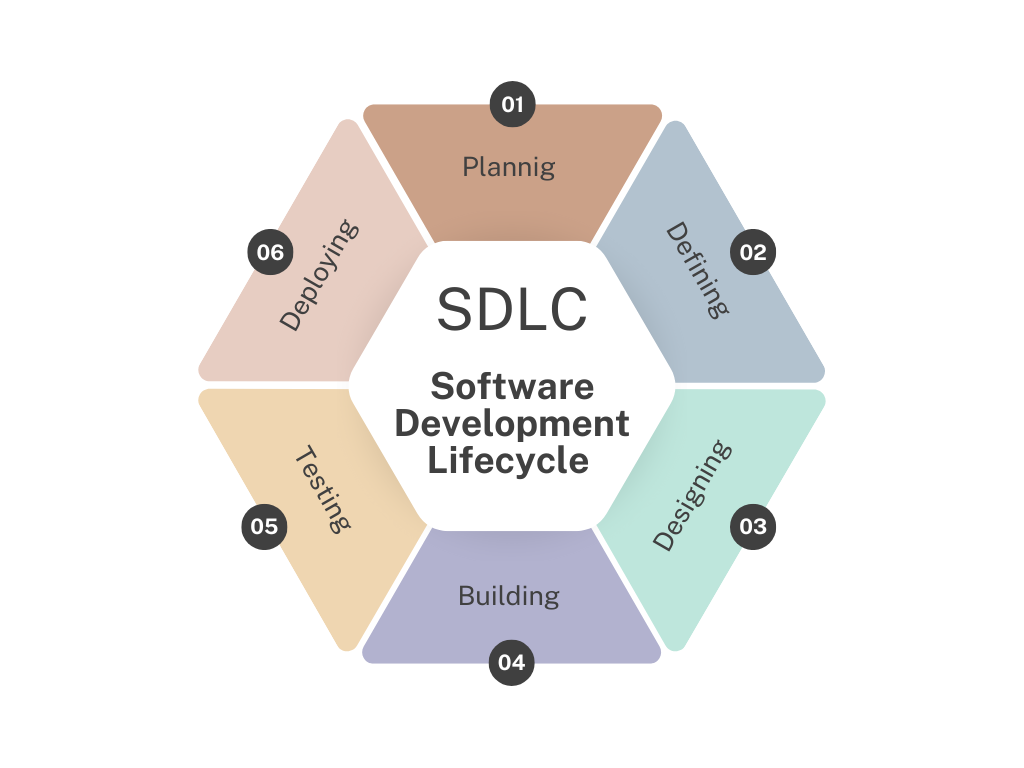
What is the Software Development Life Cycle
The software development life cycle (SDLC) is a structured process utilized by the software industry to design, develop, test, and deliver software to customers. This comprehensive guide will walk you through each stage of the SDLC, providing insights into how software projects are planned, executed, and maintained to ensure high-quality outcomes.
Software Development Life Cycle (SDLC)
3p’s- The three pillars of any organization
People
Process
Product
People — These are the individuals who perform every activity in the process of SDLC without people there is no company.
Process — This represents the procedures of doing things to achieve a certain result. There are stages we go through to achieve the result.
Product — This represents the product or software to be delivered to the customer. To achieve this people must follow the established process of providing the product.
Every company should follow a well-defined process to deliver quality products.
Stages of the SDLC (Software Development Life Cycle)
For a software development project to be successful, it must be planned and organized. The plan must include a comprehensive set of activities that flow in proper sequence
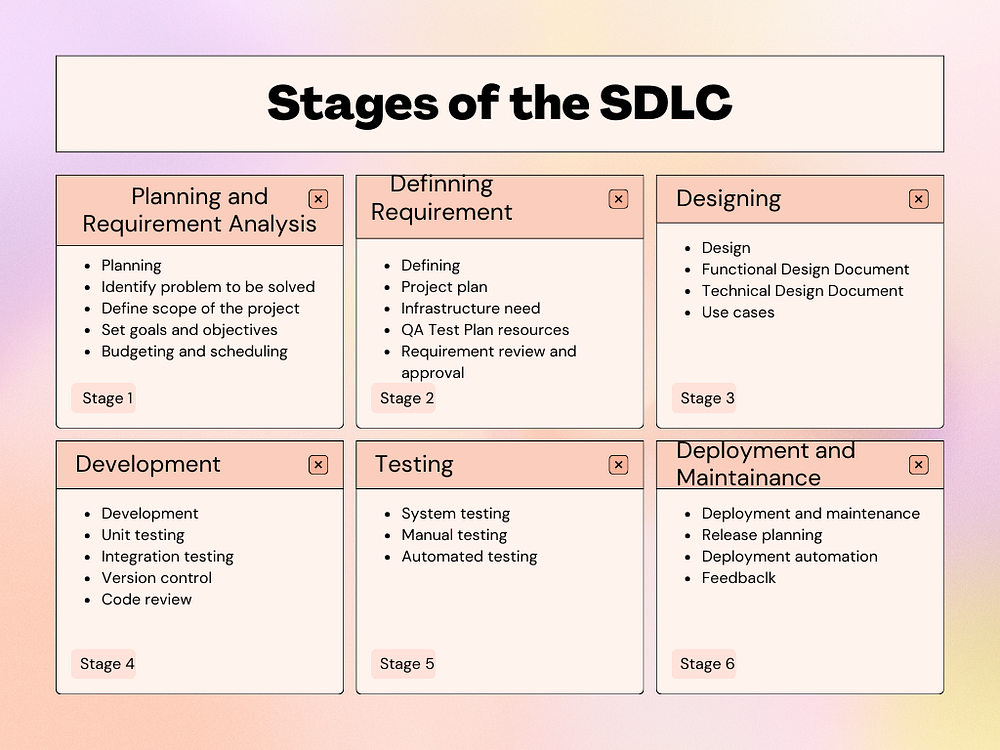
Six Stages of Software Development Lifecycle
Stage -1: Planning and Requirement Analysis
Planning is the first and most important step in the SDLC, as it involves allocating roles and responsibilities and defining processes and procedures to deliver high-quality products.
In this same stage, requirement analysis will be used to gather and understand customer requirements. Normally the product manager or project manager will be involved more in this phase.
Information from this analysis serves as the building block for the project.
Example: A company planning to develop a new e-commerce platform will first gather requirements from stakeholders, including features like user registration, product catalog, shopping cart, and payment gateway integration.
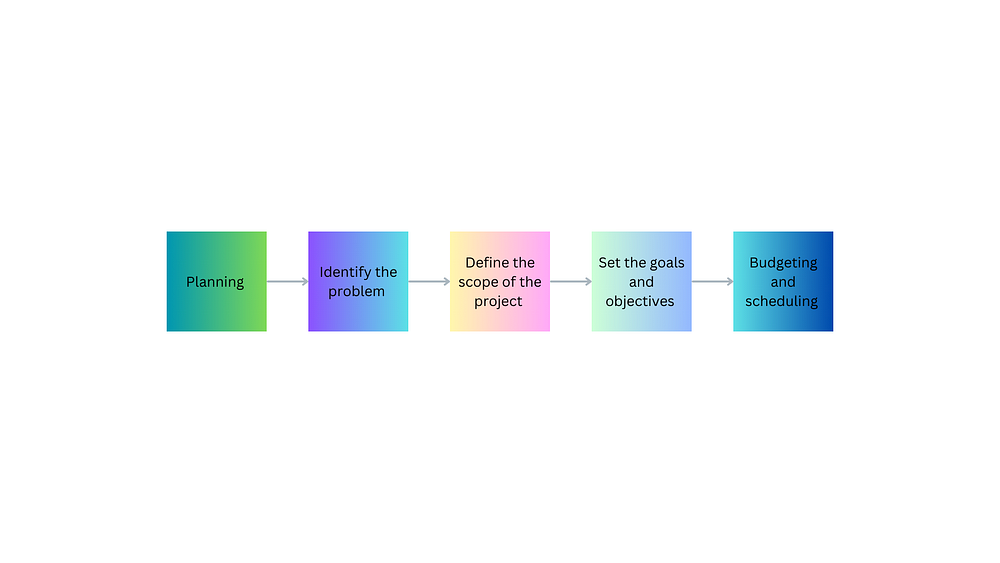
Stage -2: Defining Requirement
In the second phase, the team gathers the requirements and necessary documents, including the Software Requirement Specification (SRS), project plan, and infrastructure needs document
Software Requirement Specification (SRS): A detailed document that describes the software system to be developed. It contains the functional and non -functional system requirements and is a blueprint for developers and stakeholders
Project Plan Document: A detailed document that illustrates the approach, and strategy to follow to make a project successful.
Example: For the e-commerce platform, the SRS would detail functionalities like user authentication, product search, order processing, and customer reviews.
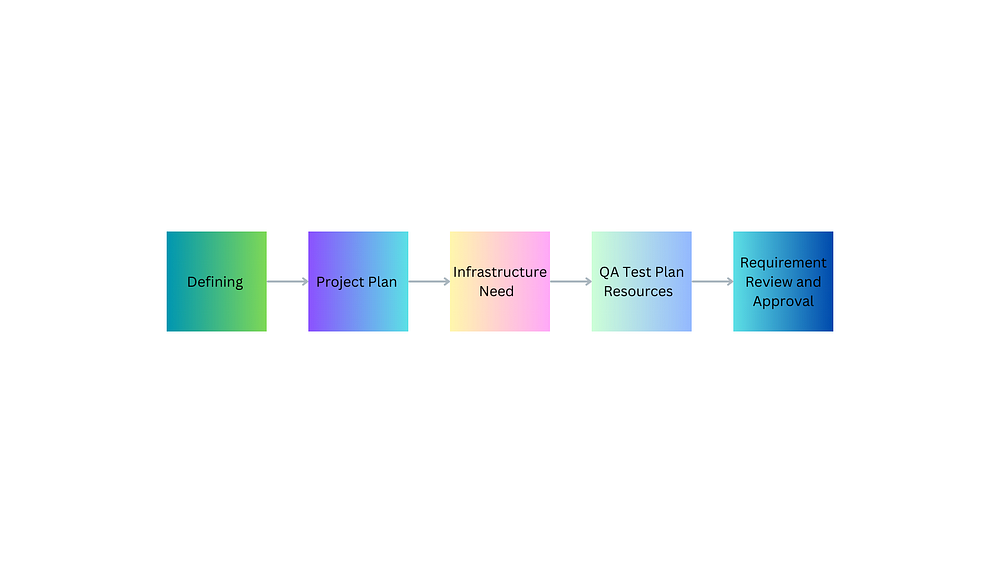
Stage-3: Designing
In this stage, the Designer references defined requirements which include software requirement specification (SRS), project plan, Quality Assurance(QA) plan, and requirement document. These then are translated into technical design documents which contain programming language details, database mapping, guidelines, and protocol for developing the software architecture.
Example: The design phase for the e-commerce platform would involve creating wireframes for the user interface, database schema for storing product information, and API design for integrating with payment gateways.
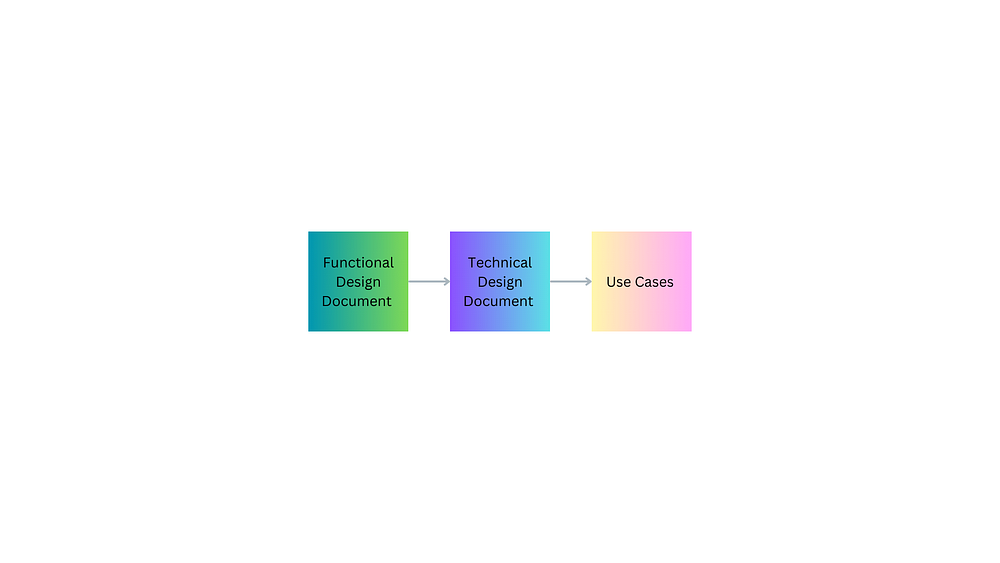
Stage-4: Development
At this stage, the developers reference the functional and technical design document for the programming language details and database mapping as regards the design. Developers need to follow the design protocol to achieve the goal of building the software.
Functional Design Document: a document that describes all the functions that a software or product performs which include the user interface requirement, database access full details of what the system will do.
Technical Design Document: a design document agreed upon between the Software architect and developer. it describes how the system will be built to meet the functional design
Example: Developers will start coding the e-commerce platform, implementing features like user registration, product listing, and shopping cart functionality based on the design documents
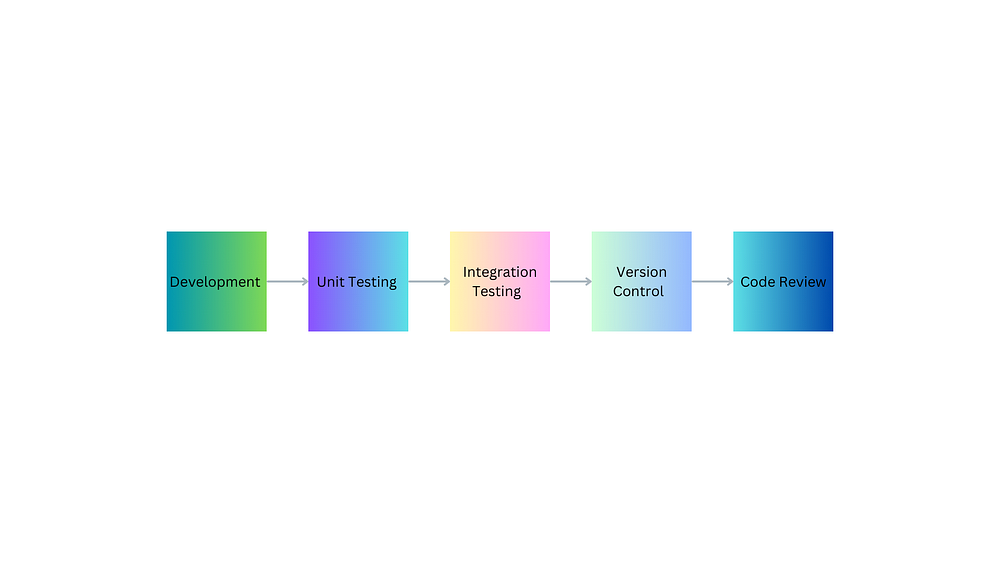
Stage -5: Testing and Integration
After development, code after integration, and after integration testing is done, builds are deployed in the QA environment for proper testing.
However, testing is performed at every stage of SDLC to track bugs and retest for defects. To ensure the product meets the requirement we must test it before deployment.
Example: QA engineers will test the e-commerce platform for functionality, performance, security, and usability, ensuring that all features work as expected and there are no critical bugs
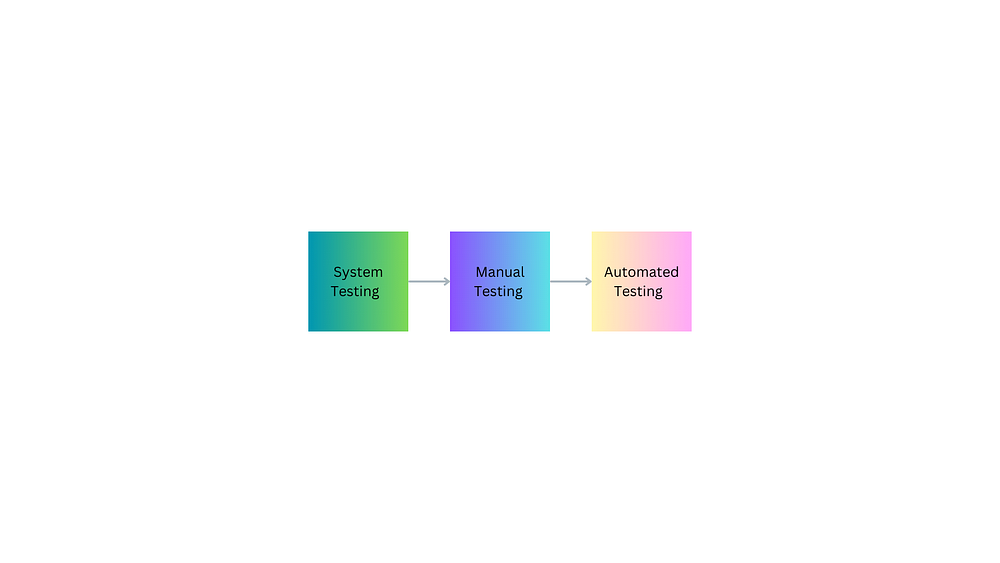
Stage-6: Deployment and Support/Maintenance
In the final stage of SDLC, after thorough testing, the product is released according to the company’s policy or strategy. It is tested in a production environment to ensure smooth performance before full deployment. Once the product is live, continuous monitoring is essential for updating, fixing bugs, and adding new features.
Example: The e-commerce platform is deployed to a live server, and the support team monitors its performance, addresses any issues that arise, and implements new features based on user feedback.
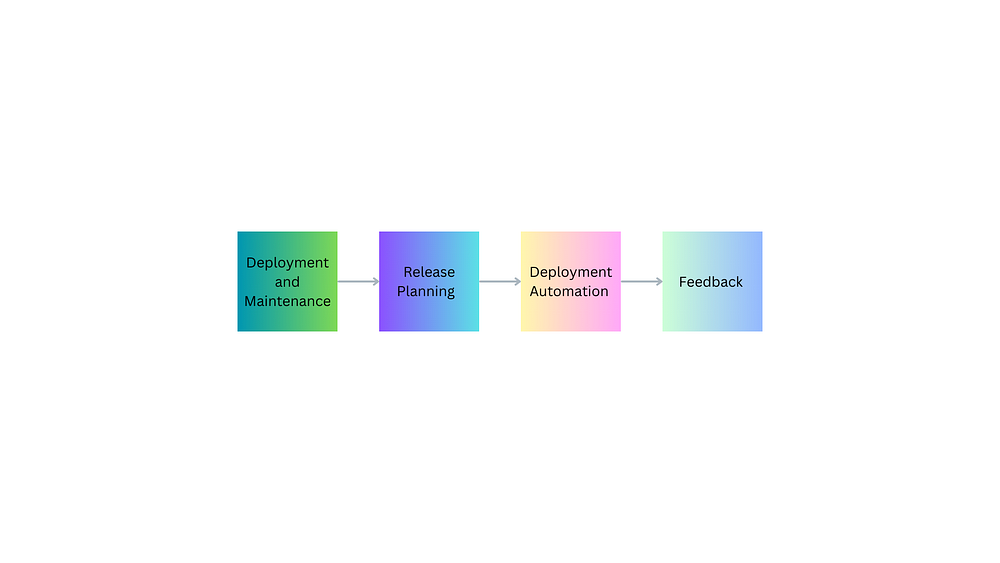
Roles of Team Members in SDLC
Throughout the SDLC, various team members play crucial roles in ensuring the successful development and delivery of the software. Here is a summary of the key roles:
Client: Provides the initial requirements and feedback.
Product Manager: Oversees the project, ensuring it meets business goals and customer needs.
Business Analyst: Gathers and analyzes requirements, bridging the gap between the client and the development team.
Development Team: Includes Software Engineers and Software Architects who design and build the software.
Quality Assurance (QA) Team: Writes test cases, performs testing, and ensures the software meets quality standards.
Support Team: Provides technical and customer support post-deployment.
Software Development LifeCycle Models
In today’s diverse development environment, there are many approaches to developing software and they are based on different models to the SDLC.
Although there is no perfect approach or model to SDLC each brings unique advantages and disadvantages for a specific software development project
Waterfall model
This is a very old and traditional model of SDLC. It was the first model used when the software industry started. It is also called the linear model. The waterfall model is properly documented and tends to deliver high-quality products due to proper documentation.
Agile model
The Agile Manifesto incorporates principles that allow Agile methodologies to be responsive to change. The a need for startups to present MVP(minimum viable product) and continually adapt and refine their MVP based on feedback and changing conditions.
An MVP has minimum functionality and provides proof of concept. Agile branches out into many different forms like scrum, shift left, etc. They all have the same approach of continuous incremental improvement through small and frequent releases.
Spiral model
The spiral model is iterative. It overcomes the drawbacks of the waterfall model. In every cycle, new software will be released to customers. The software will be released in multiple versions. So it is also called the version control model. Requirement changes are not allowed in between cycles.
In conclusion, we now know that the software development life cycle is important for building quality products. It provides a systematic process that the software industry uses to design, develop, test, and deliver software to customers. Also, it is better to adept SDLC principles to achieve software development goals effectively.ls effectively.
Subscribe to my newsletter
Read articles from Abdulrozaq directly inside your inbox. Subscribe to the newsletter, and don't miss out.
Written by

Abdulrozaq
Abdulrozaq
Open source enthusiast